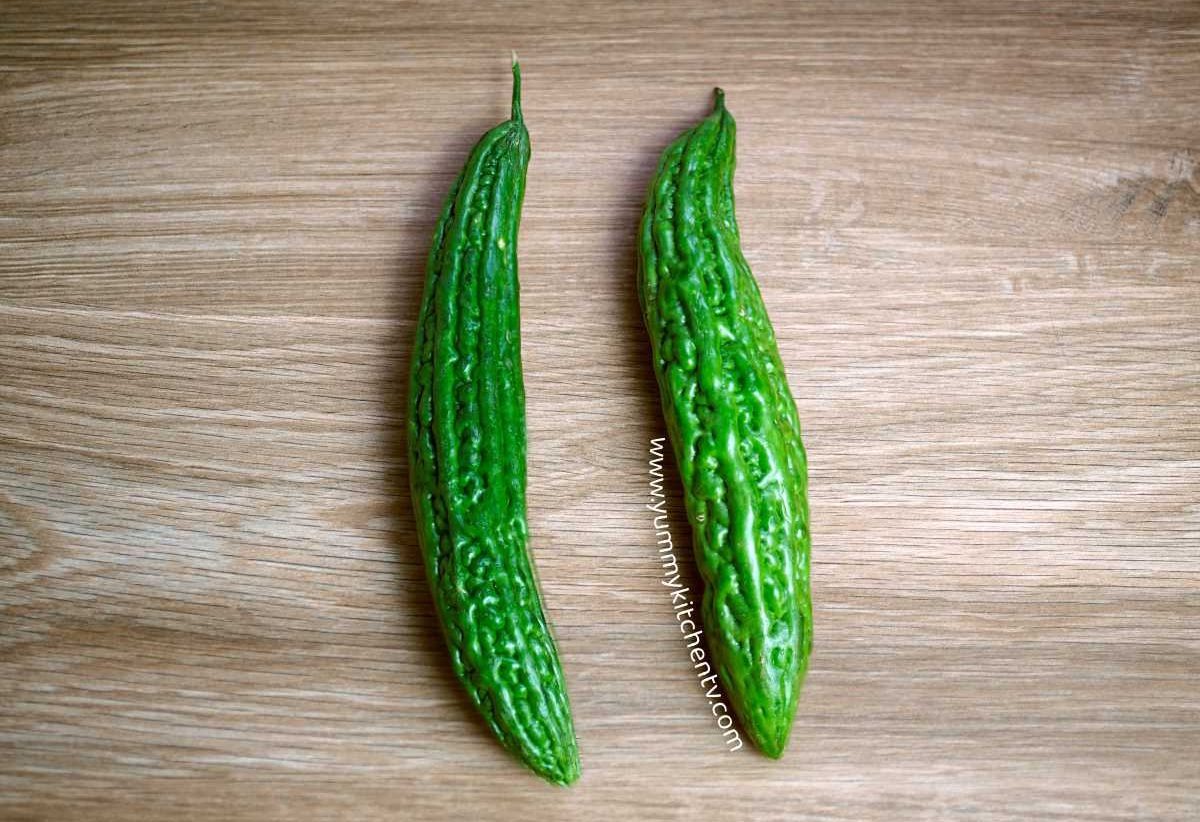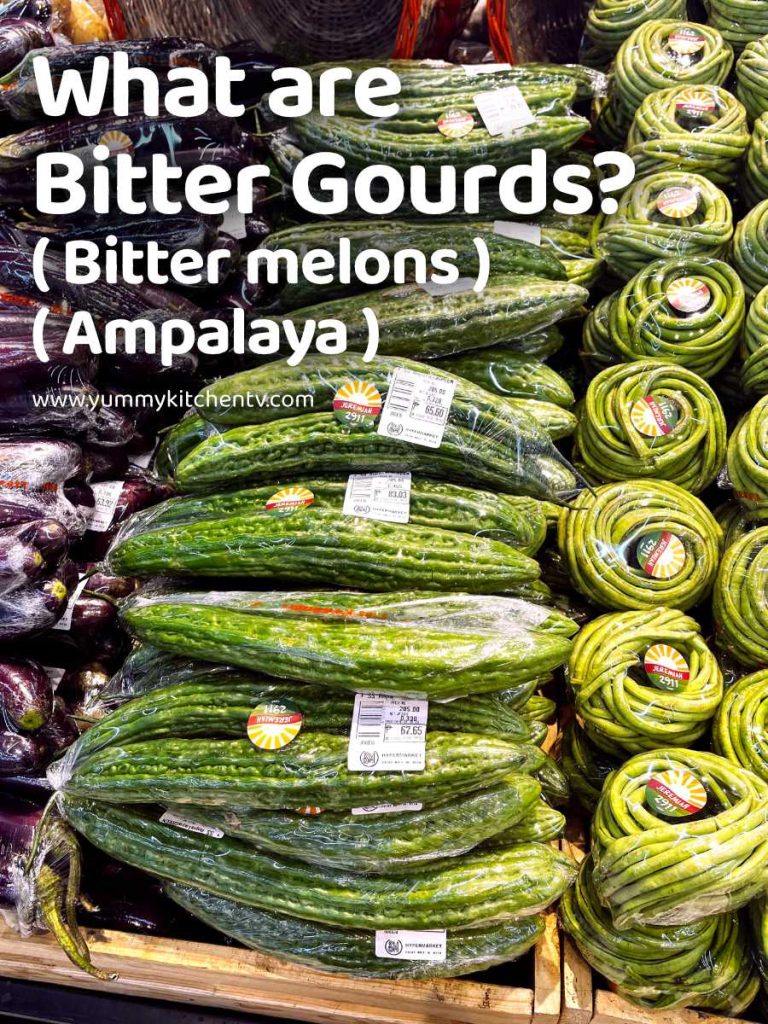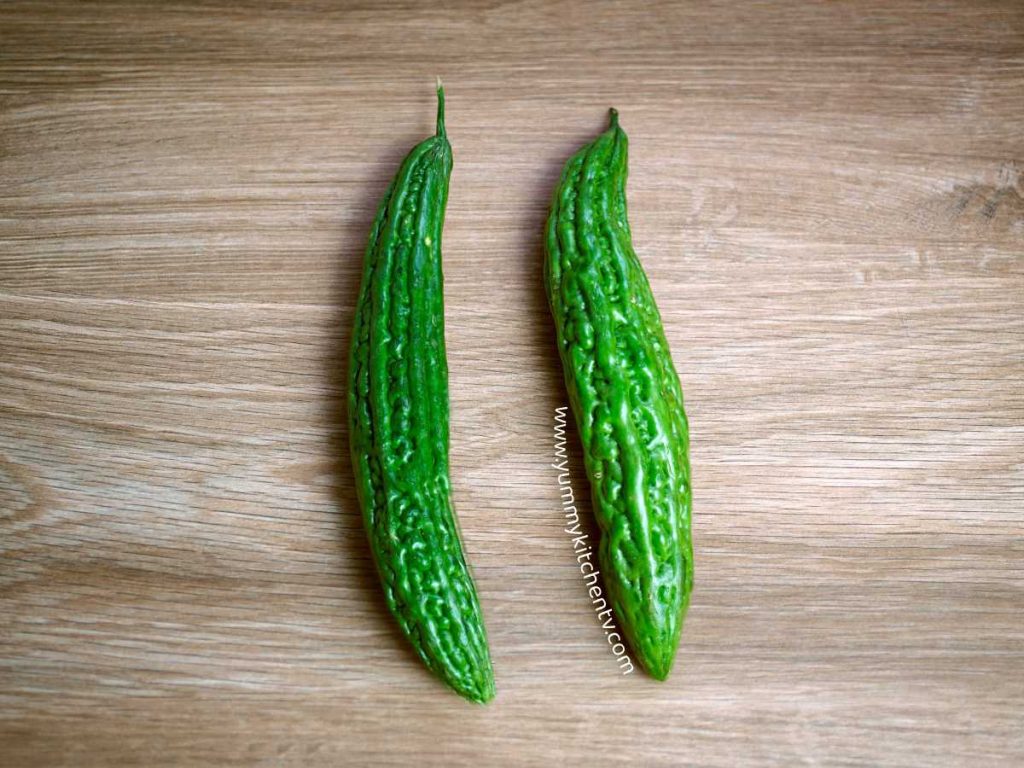The Bitter Gourd plant, also called “Bitter Melon”, got its name from its bitter taste that gets stronger as it matures. A distinctive looking fruit with wrinkled, oblong-shaped, yellow green to dark green skin. This vine fruit-vegetable that has origins from Asia and India, known for the health benefits such as Vitamin A and C, treating problems like diabetes. This interesting vegetable might not be everyone’s cup of tea to add into their regular meal plan, but why should you still try to add this into your diet?
A short Introduction
The Bitter Melon, pronounced ‘bi-tr-meh-luh’, or Bitter Gourd pronounced ‘bi-tr-gord’ (with the scientific name “Momordica Charantia”), is part of the Cucurbitaceae family grown in Asia, South America, East Africa, and the Caribbean used as food and as well as traditional and modern medicine. Known to be one of the most bitter fruits or vegetables, having many names such as ‘Karela’ in India, ‘Ampalaya’ in the Philippines, ‘Bitter melon’ in Australia, and ‘Bitter squash’ in other countries, with many other names that all describe its taste. It has African origins making these a staple source of sustenance eaten by hunter-gatherers, domesticated or found in the wild. This was then spread throughout Asia, fully being domesticated in Southeast Asia, found in many Southeast, East, and South Asian cuisines.
The Bitter gourd is described as a tendril bearing plant, or a herbaceous plant with vines that that can grow to about 16 feet in length, bearing small yellow female and male flowers during June to July, that then turns into an unique oblong-shaped fruit with wrinkled and bumpy textured skin in the months of September to November. These are eaten green or before it turns yellow, where it is still in its crunchy stage. Making them similar to bell peppers or cucumbers, having a tender edible rind that turns rougher or tougher as it ages. This fruit-vegetable is hollowed out, pits and seeds are removed before cooking to decrease the bitterness.
There are a lot of varieties of the Bitter melon, from the Chinese variety that are larger in size and length, growing to about 20 to 30 cm with a light pale green color. The Indian variety has a darker almost emerald in color, narrow in shape with pointed ends, and more ridges, with others grown miniature in length but fuller body type. In the culinary world, these are eaten once it turns green or in the stage where it almost starts to turn yellow, consuming even the leaves and young shoots as regular leafy greens. There are different techniques to cook this wrinkled vegetable with some keeping the already unseeded sliced vegetable in salted cold water for a certain amount of time, then squeezed off of the water to help remove the bitterness, others give it a quick rub with rock salt before giving it a good rinsing is after. This bumpy ingredient is versatile, being cooked as stir-fry, made into bitter gourd soup, added into teas and some beers, stuffed in dim sum or with doused with spices, deep fried, curried, and many more. Making it taste better than you expect.
Bitter gourd benefits and disadvantages
An under appreciated vegetable due to how it tastes it just needs a bit of getting used to. The number of bitter gourd juice and flesh benefits might overturn your judgment. From helping prevent cancer to acting as a natural insulin, here are what it can help you with:
Benefits
- Used as alternative and traditional medicine for coughs, fevers, menstrual cramps, burns, colic, to even eating or drinking bitter gourd during pregnancy to help with childbirth.
- Modern scientific studies find that the extract can actually prevent cancer cells from growing and spreading.
- Great for diabetes, it has a chemical that acts similar to insulin, that also lowers blood sugar and cholesterol levels.
- Because it is low in calories, it is also great for weight loss. A fibrous fruit-vegetable that can keep the stomach feeling fuller by having 2 grams ( amounting to a 94 gram serving of bitter melon) of fiber.
Disadvantages
- Bitter melon is usually consumed and eaten, there are no studies that it can help with any skin problems topically. Applying on the skin raw, might cause rashes instead.
- Because it does lower blood sugar, it should not be eaten before surgery. Do consult a doctor with this.
- While some say that bitter melons are great for childbirth, some also state that this might be unsafe during pregnancy and breastfeeding. It should be noted that this vegetable should be eaten in moderation, like many others.
How the Philippines consumes ‘Ampalaya’
In Filipino cuisine, bitter gourd is called ‘Ampalaya’in Tagalog or ‘Parya’ in the province of Ilocos, cooked in the popular traditional dish pinakbet, or a simple sautéed dish seasoned with garlic, onions, eggs, with some salt and pepper. A native produce that is grown all year round, being a good source of vitamins and nutrients, well known to be great for treating diabetes. The best months to eat really tender and better grown ampalaya are in the months of May to July and October to December, as these consume a lot of nutrients from the soil.
Here are some Yummy Kitchen bitter gourd recipes:
- Beef Ampalaya, a beefy way to get you into ampalaya. Tender beef slices, oyster sauce, ampalaya, garlic and onions, and a slurry to thicken it up a bit. A perfect quick dinner dish.
- Ginisang Ampalaya, or ‘Sauteed Bitter Gourd’ in English, a simple mix of ampalaya, aromatics, eggs, just a few minutes in the pan and you are ready to go.
- Pinakbet, a vegetable based dish for vegan and vegetarians, but you can also add a few pork bits for added flavor. A colorful mix of vegetables with savory sauces, aromatics, and more.
- Ginataang pinakbet, the saucy coco-nutty version of the pinakbet. Perfect for the colder months.







